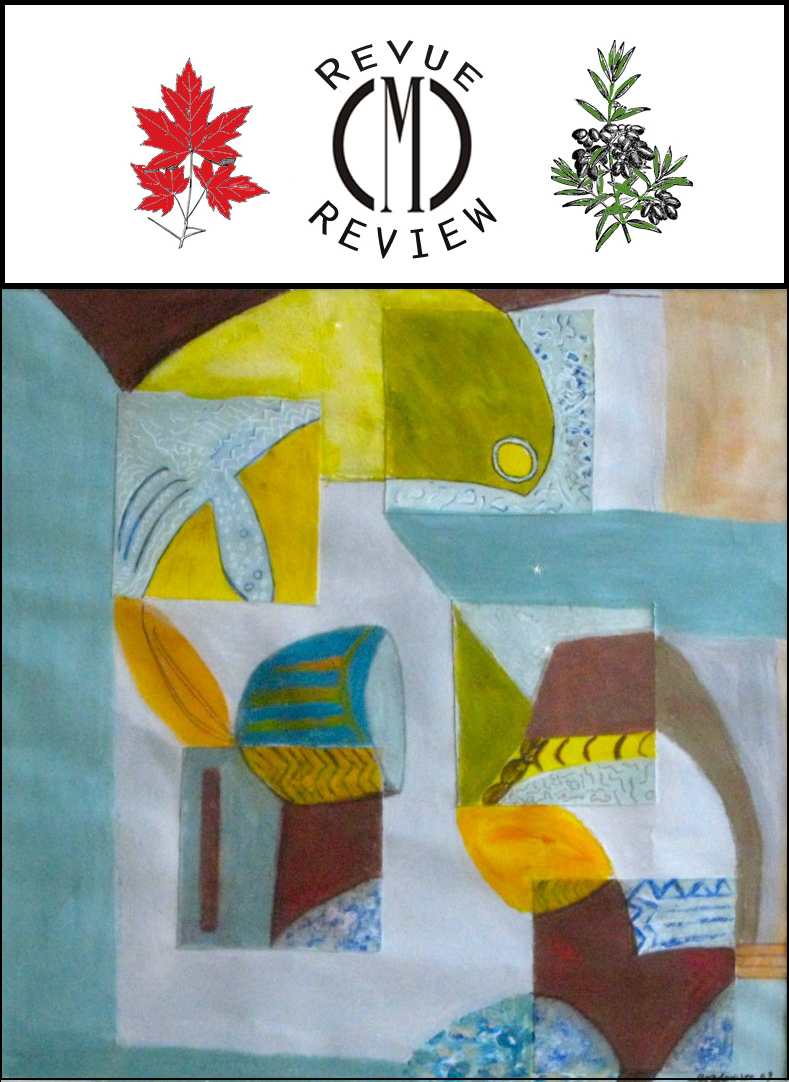Un modèle de complexité du vivant : Emergence en mosaïque et conséquences philosophiques
Abstract
L’observation du monde vivant offre un modèle d’émergence de la complexité fondé sur l’application répétée des deux principes : « juxtaposition » d’éléments du même ordre de complexité, puis « intégration » de ces éléments dans des structures, dont, comme dans une mosaïque, elles constituent alors des parties. Les conséquences épistémologiques sont que, dans une perspective darwinienne, ce modèle réhabilite la reproduction asexuée et la non-séparation qui en résulte.
Sur le plan éthique, les morales pour l’être humain et celles pour d’autres entités, comme les animaux ou l’environnement, largement « juxtaposées », mériteraient une meilleure intégration. Sur le plan métaphysique, ce modèle pourrait avoir une application plus générale, comme le montrent, dans la pensée, les exemples de la mémoire, de la conscience ou du langage.
Downloads
Published
How to Cite
Issue
Section
License
1. Policy for Journals That Offer Open Access
Authors who publish with this journal agree to the following terms:
- Authors retain copyright and grant the journal right of first publication with the work simultaneously licensed under a Creative Commons Attribution License that allows others to share the work with an acknowledgement of the work's authorship and initial publication in this journal.
- Authors are able to enter into separate, additional contractual arrangements for the non-exclusive distribution of the journal's published version of the work (e.g., post it to an institutional repository or publish it in a book), with an acknowledgement of its initial publication in this journal.
- Authors are permitted and encouraged to post their work online (e.g., in institutional repositories or on their website) prior to and during the submission process, as it can lead to productive exchanges, as well as earlier and greater citation of published work (See The Effect of Open Access).


